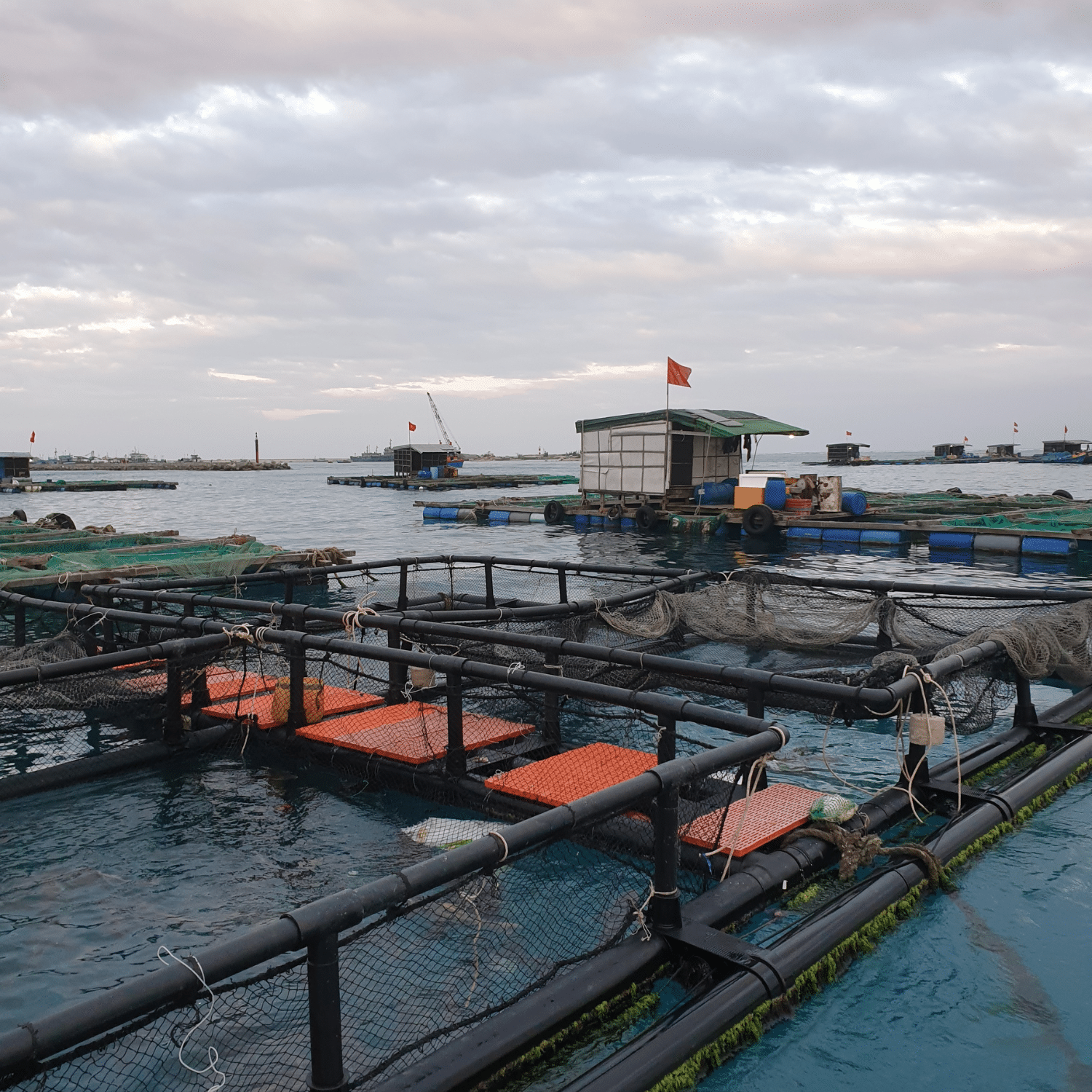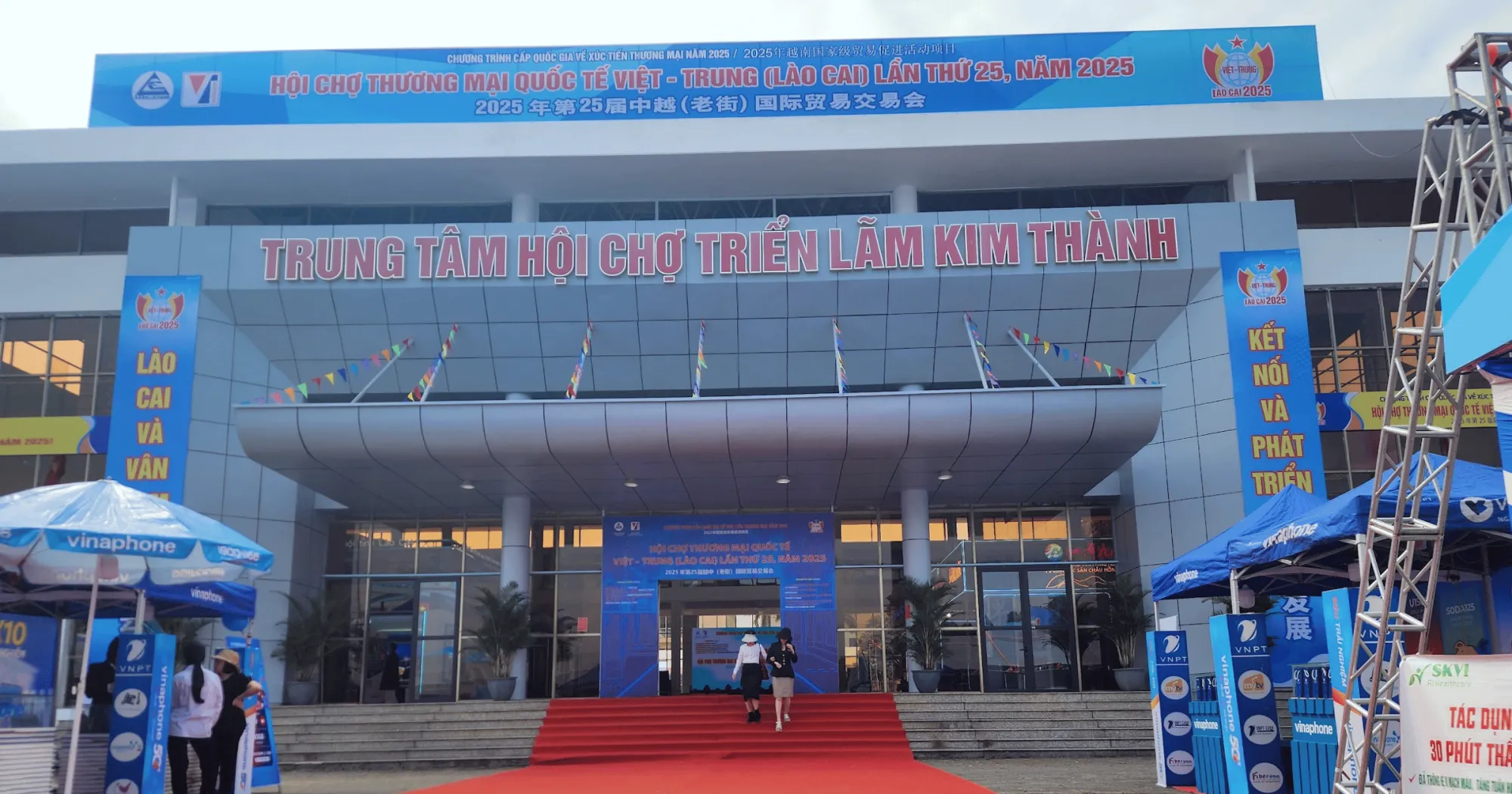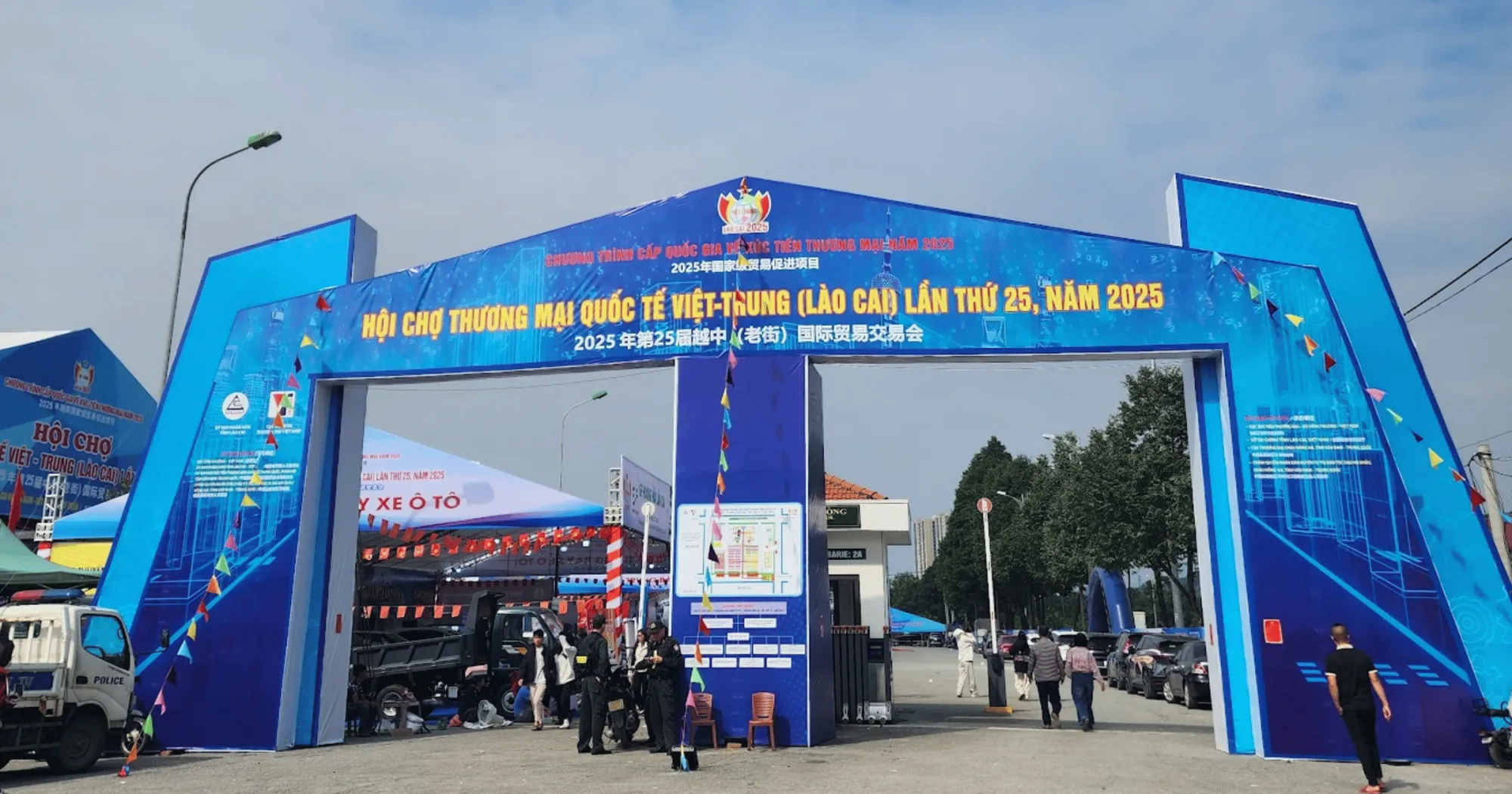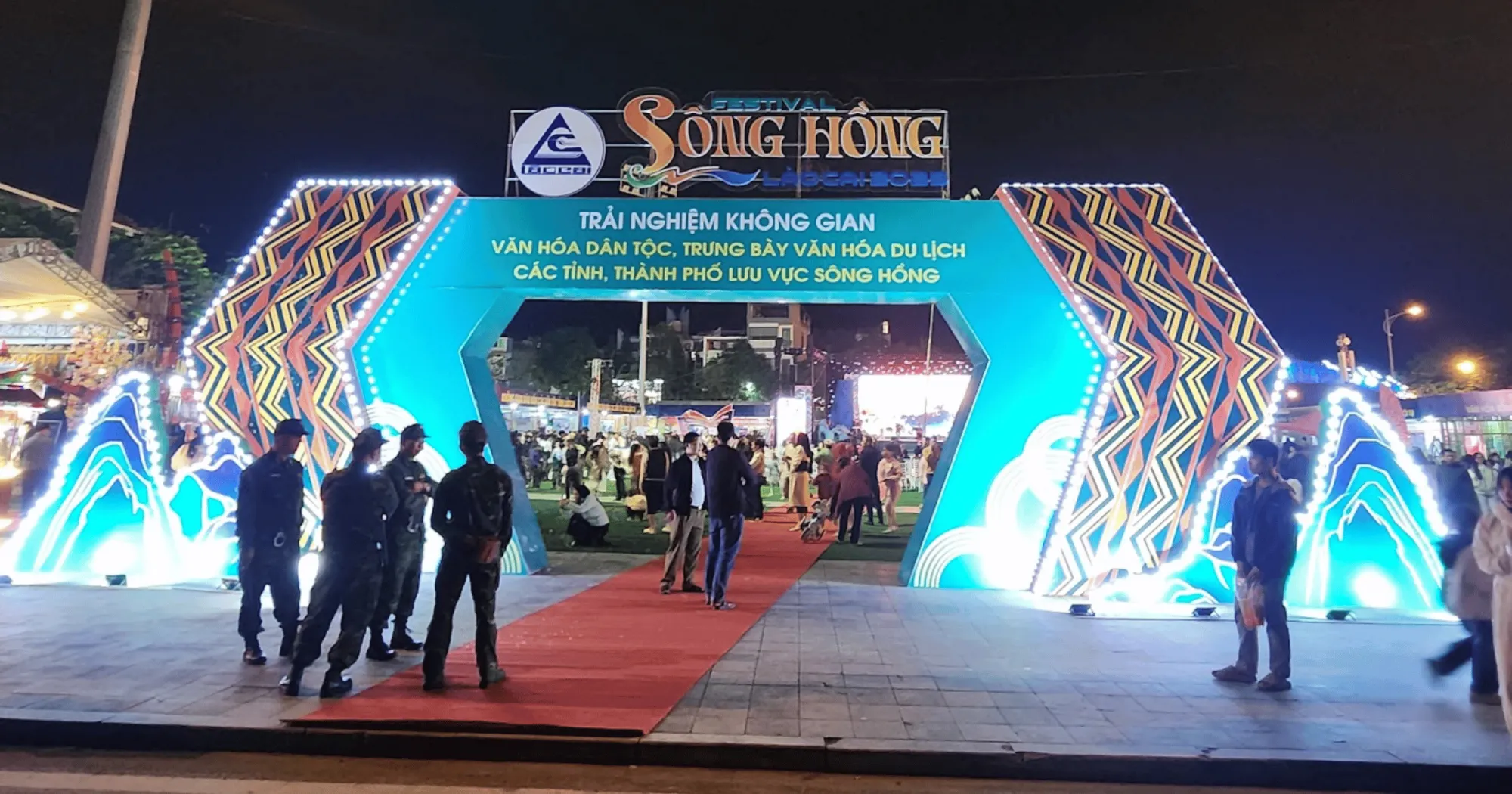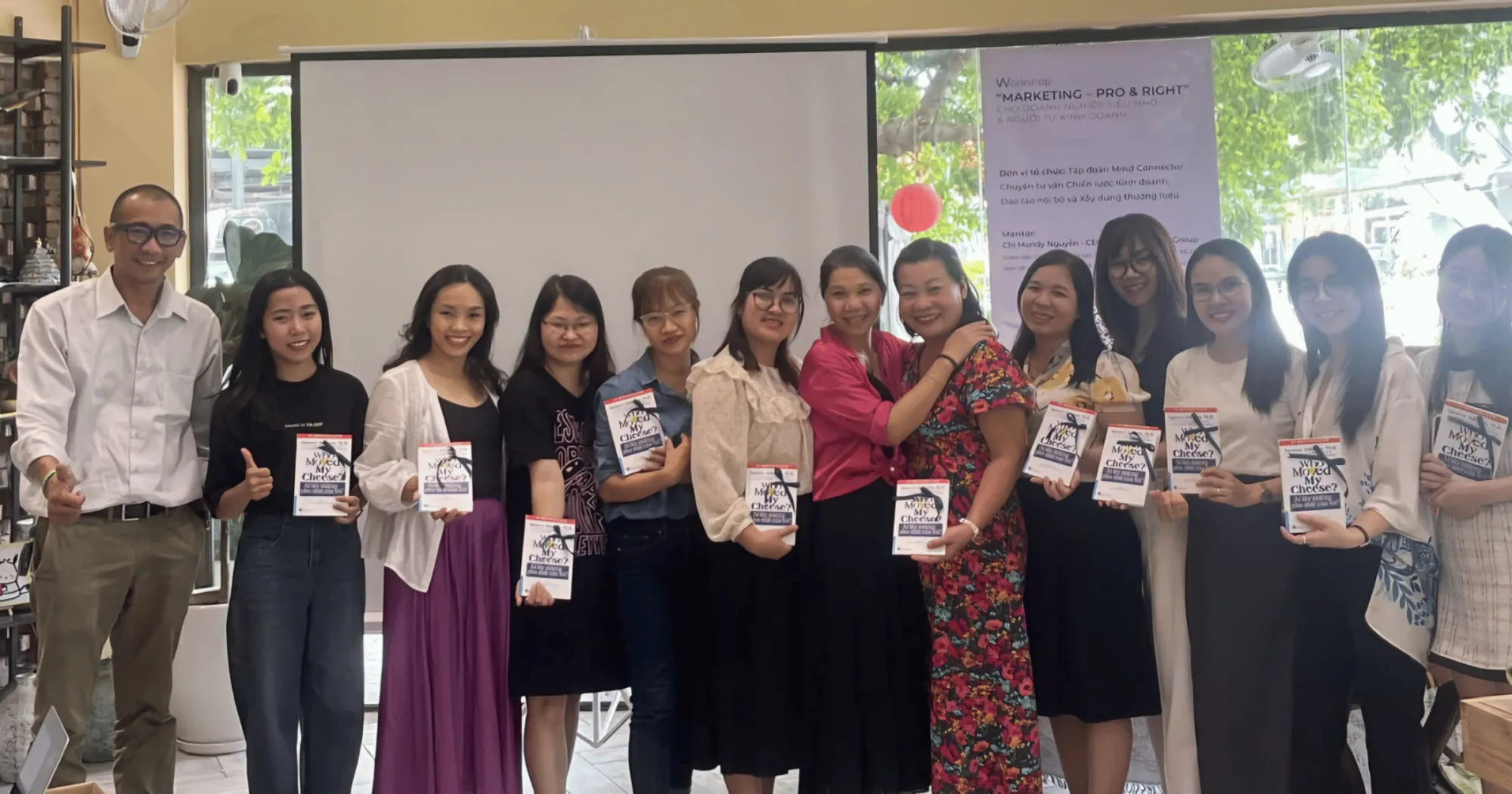HDPE cages bring clear benefits to marine farmers, but high costs remain a major barrier. From the producer’s perspective, maintaining reasonable prices is not easy due to the cost of imported raw materials and limited production scale. However, pioneering farmers should be appreciated, and businesses should seek solutions to accompany farmers to promote the sustainable development of the marine farming industry.
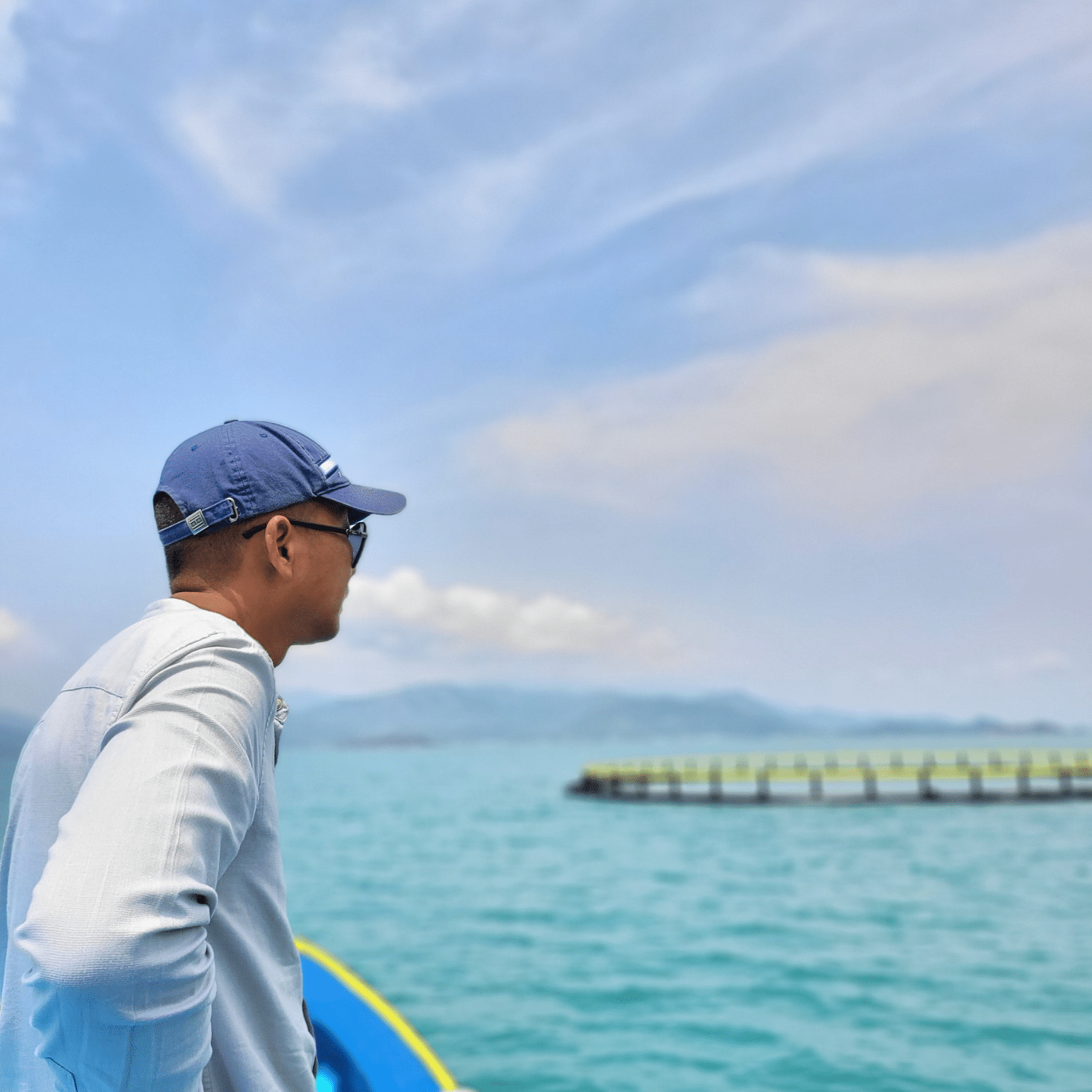
Difficulties for Manufacturers in Reducing Costs
Despite their desire to support farmers in converting, HDPE cage manufacturers still face many challenges that prevent prices from decreasing further:
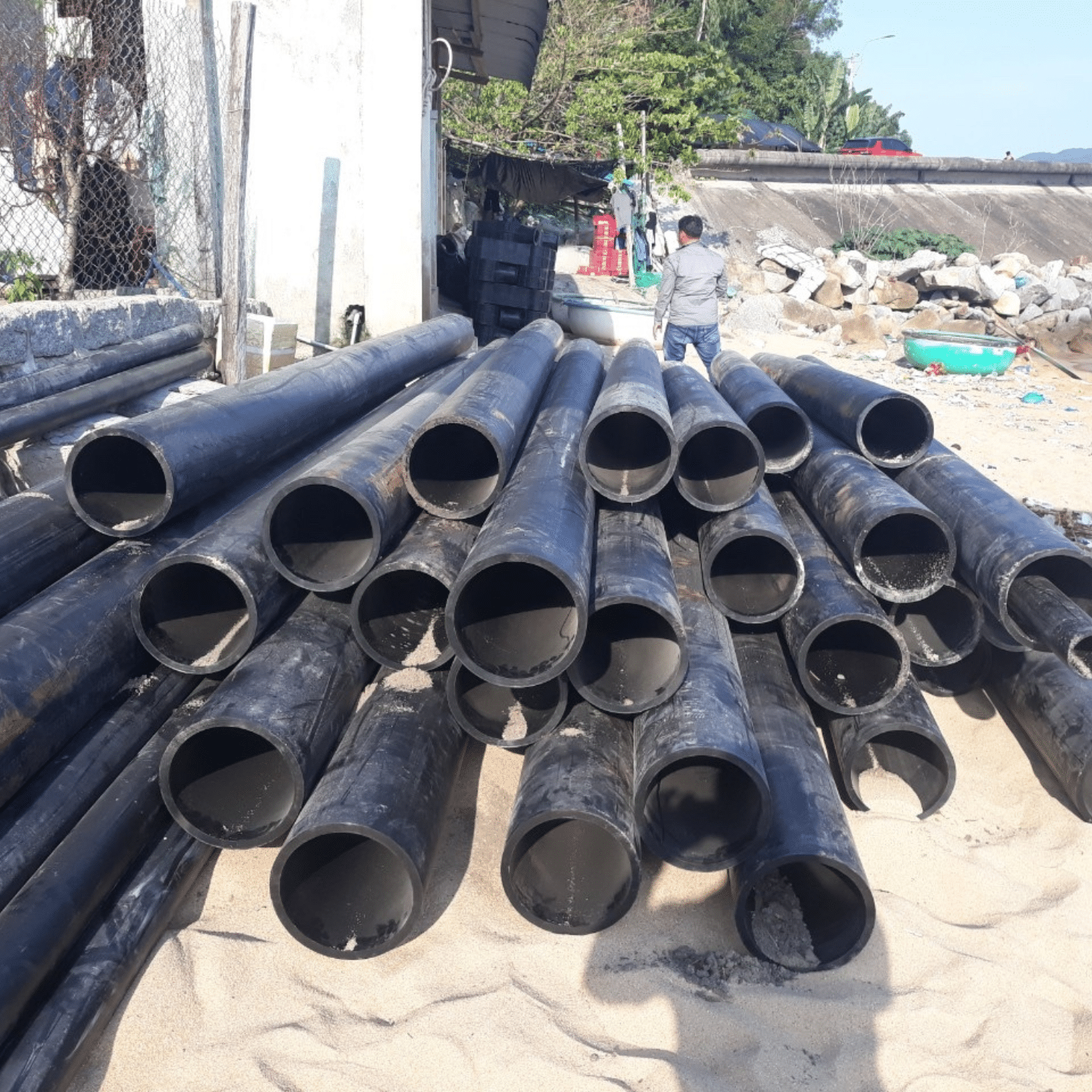
- High raw material costs: Most raw materials for HDPE cage production, especially high-density polyethylene, must be imported from abroad. Exchange rate fluctuations and international transportation costs increase product costs.
- Small scale production: The biggest paradox is that low output means high costs. Currently, the demand for HDPE cages in Vietnam is not large enough for mass production, making manufacturing and processing costs unoptimized.
- Research and development costs: To design cages suitable for aquaculture conditions in Vietnam, businesses must invest in research and testing, leading to increased costs.
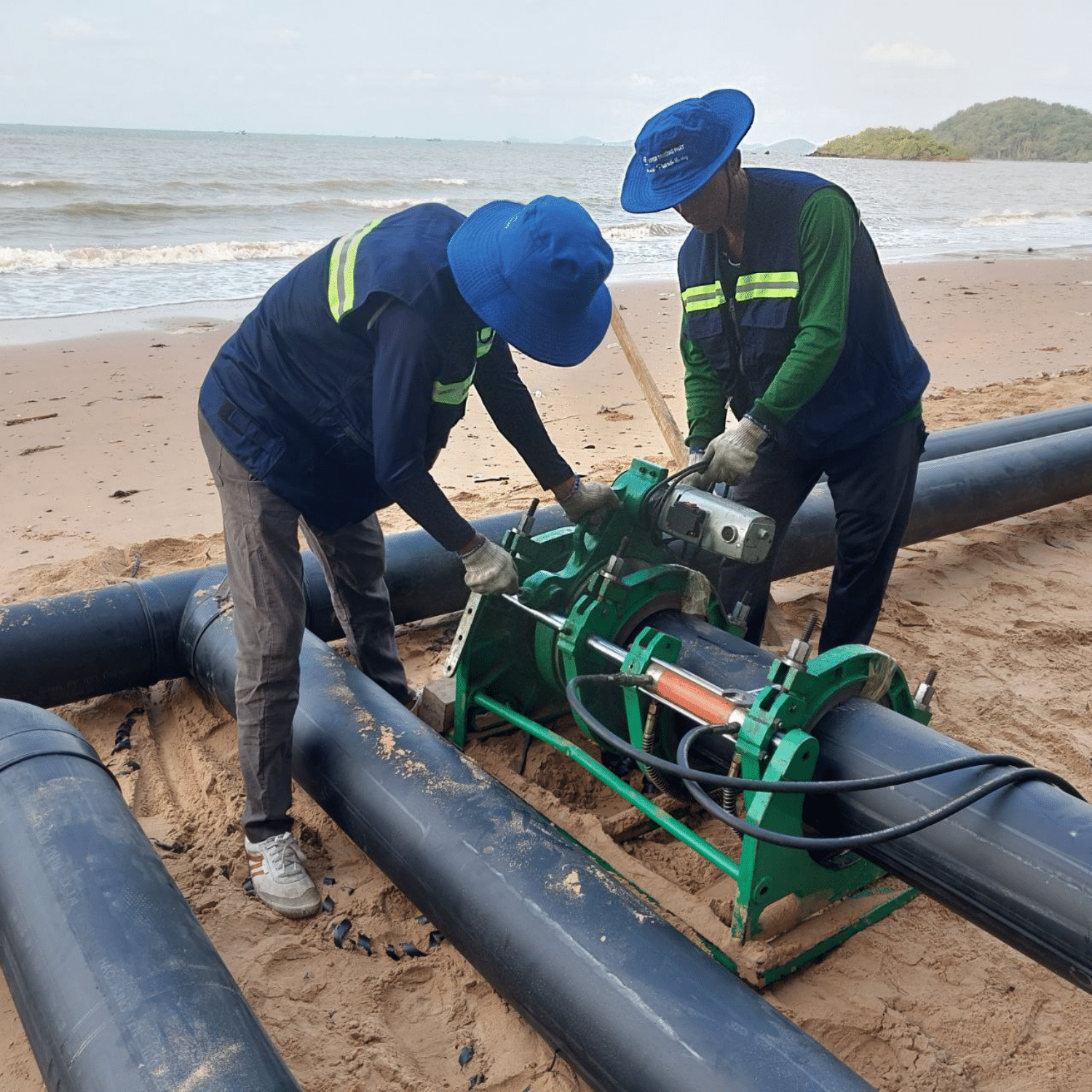
Mr. Nam, a representative of an HDPE cage manufacturing enterprise, shared: “We understand the difficulties of the people and want to accompany them. However, the cost of imported raw materials and limited production scale prevent the price from being reduced further. If the market expands and there are support policies, the price will certainly be better.”

Pioneers Who Deserve to Be Appreciated
Marine farmers who take the risk and invest in converting to HDPE cages are pioneers who deserve to be appreciated. They not only contribute to protecting the marine environment but also create the premise for future expansion and cost reduction.
Mr. Hai, a grouper farmer in Phu Yen, said: “I decided to convert despite the high cost because HDPE cages help reduce the risk of storms and protect fish better. I hope more farmers will participate so that costs will decrease.”
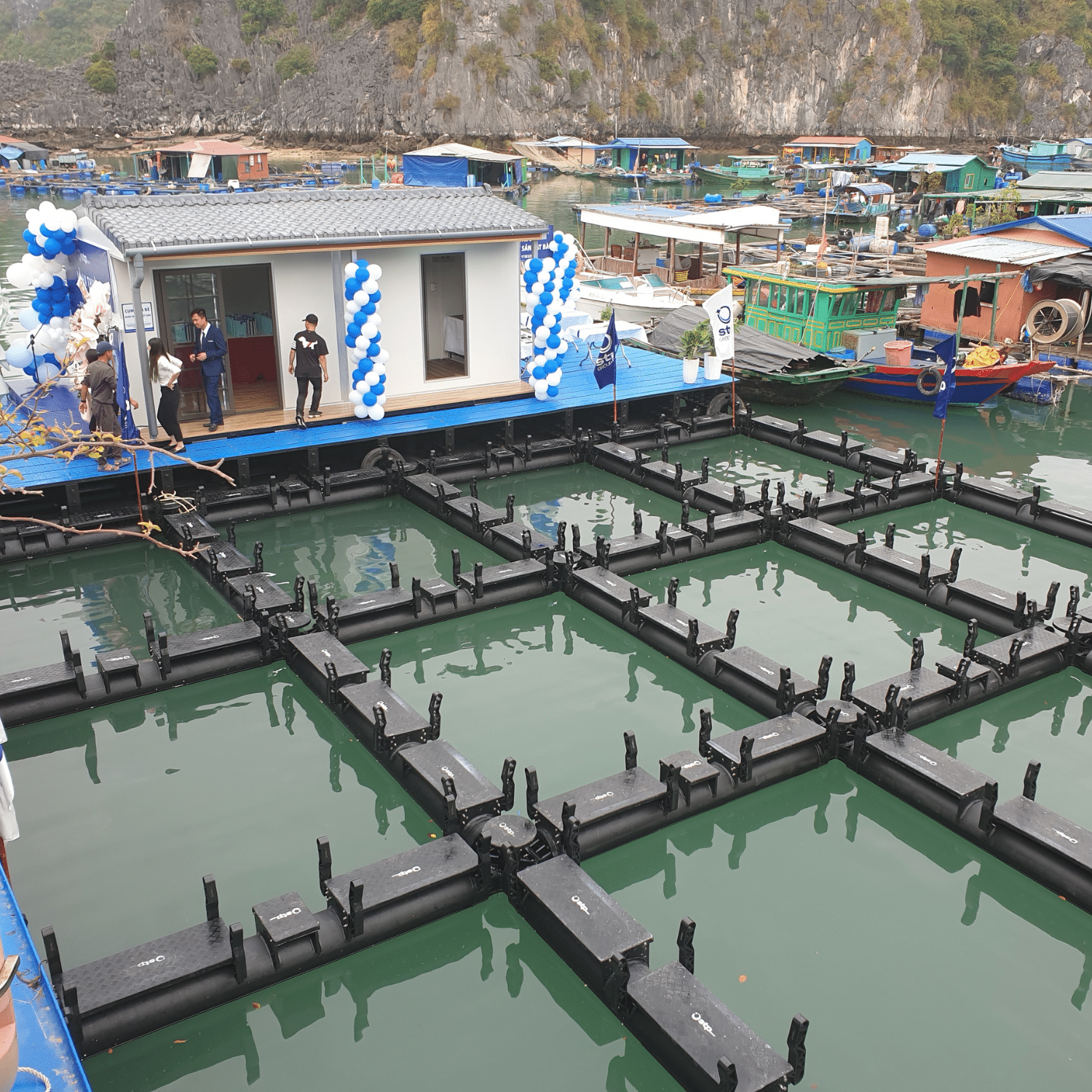
To encourage pioneers, specific support policies are needed such as:
Supporting initial costs: Implementing subsidy programs or preferential loans for the first households to convert to HDPE cages.
Recognizing and replicating successful models: Recognizing and rewarding pioneers and sharing their experiences with the wider marine farming community.
What Do Businesses Need to Do to Accompany Sea Farmers?
In addition to production, businesses also need to proactively seek solutions to accompany people:
- Building a chain of links: Connecting farmers with seafood purchasing and processing businesses, helping to ensure output and increase product value.Besides production, businesses also need to proactively seek solutions to accompany people:
- Providing flexible payment solutions: Developing installment programs or extending payment periods to reduce financial pressure on farmers.
- Cooperating with localities:Coordinating with authorities and organizations to deploy pilot models and expand farming areas using HDPE cages.
- Technical support and long-term warranty: Providing consulting, installation and maintenance services for HDPE cages so that farmers can invest with peace of mind.
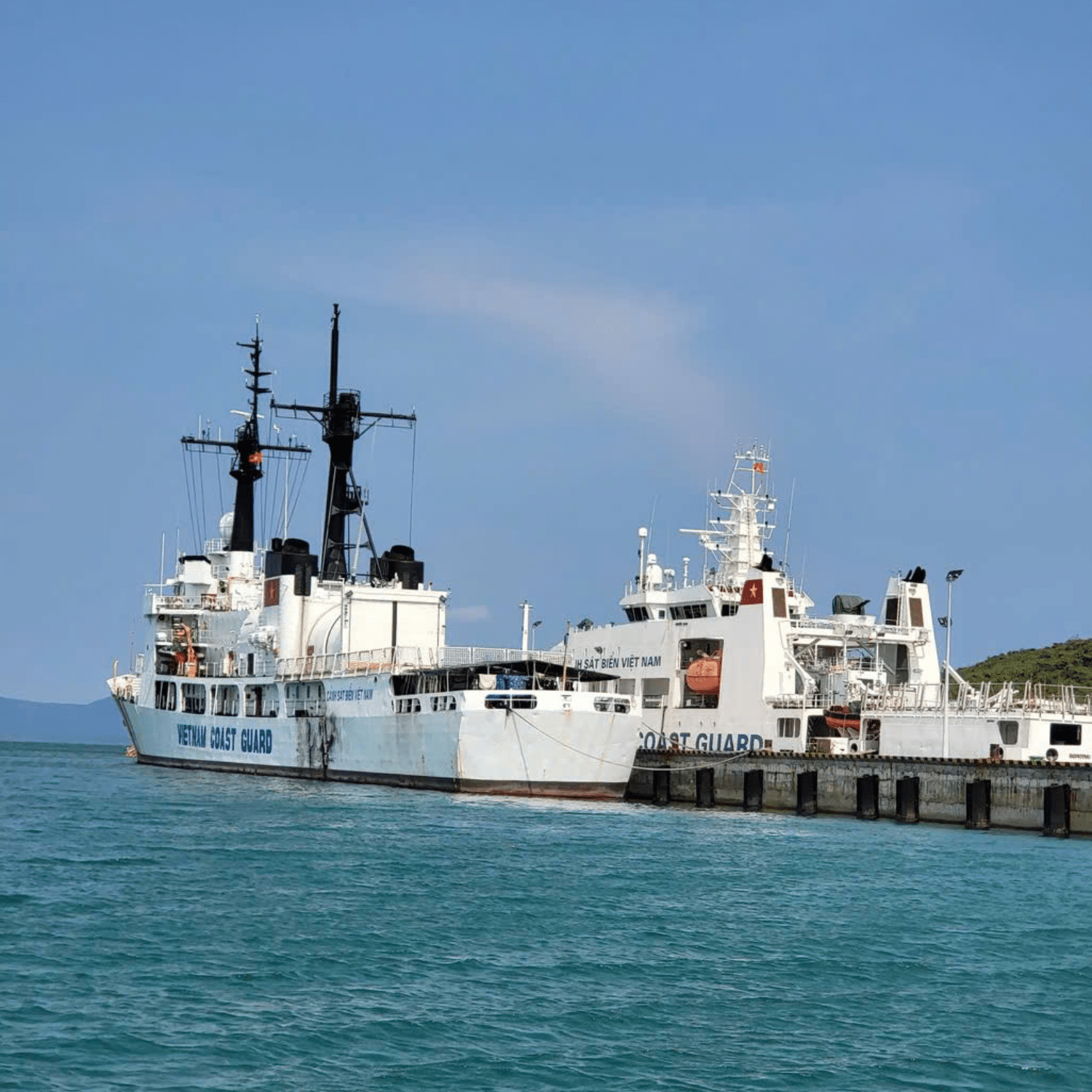
Future Directions: Cooperation for Sustainable Development
- To promote sustainable development of the marine aquaculture industry, cooperation from many sides is needed:
- The State: Develop long-term support policies such as tax exemptions for HDPE cage manufacturing enterprises and preferential loan packages for marine farmers.
- Enterprises: Proactively research domestic production technology to reduce dependence on imported raw materials, while expanding scale to optimize costs.
- Marine farmers: Be ready to accept new technology, boldly change models and share experiences to replicate success.
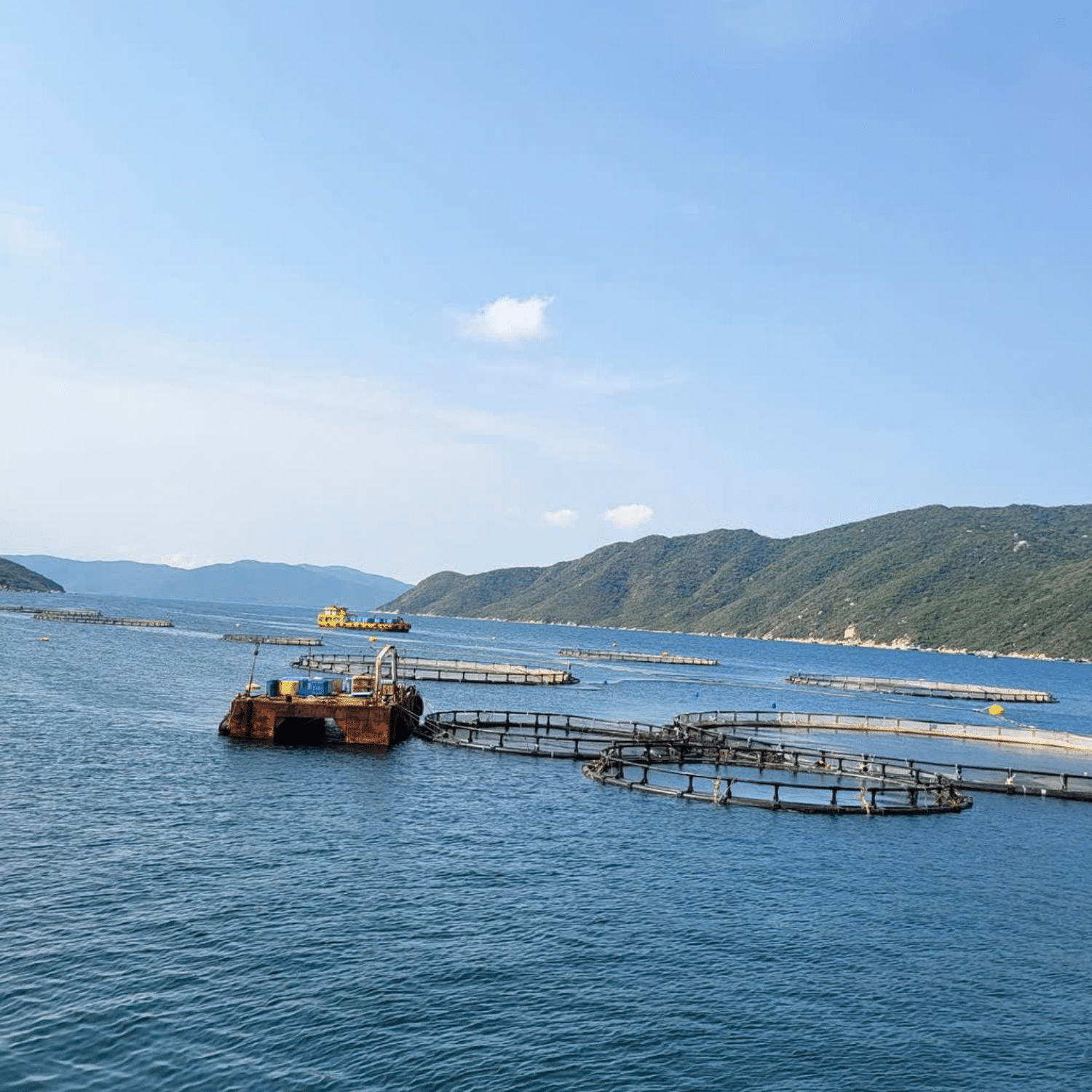
Conclusion
Despite the challenges, close cooperation between producers, marine farmers and the government will be key to accelerating the transition to HDPE cages. Pioneering farmers need to be appreciated and replicated, while businesses need to continue to seek companion solutions to work together towards a sustainable and long-term marine aquaculture industry.
